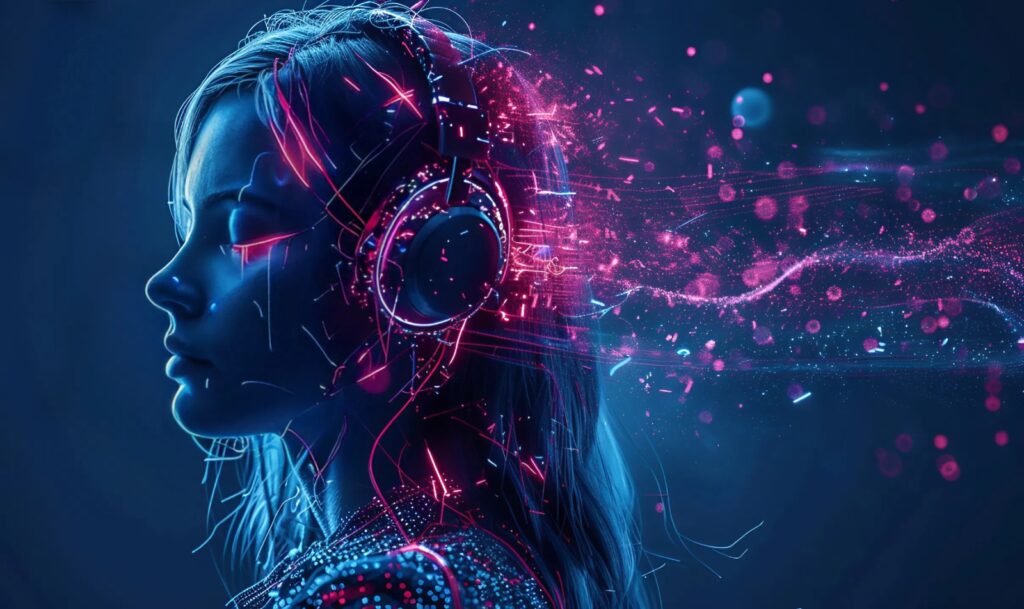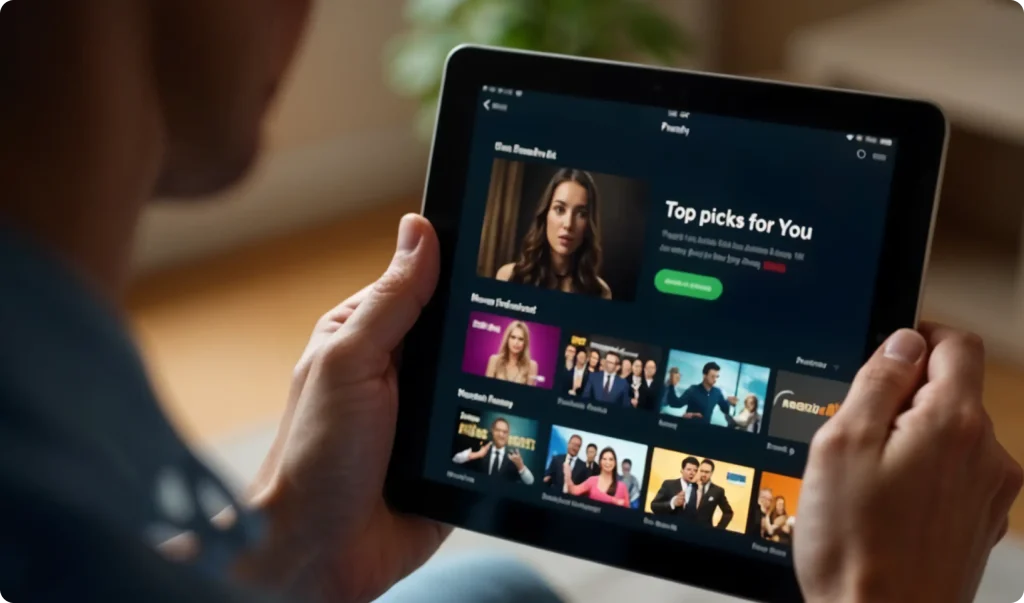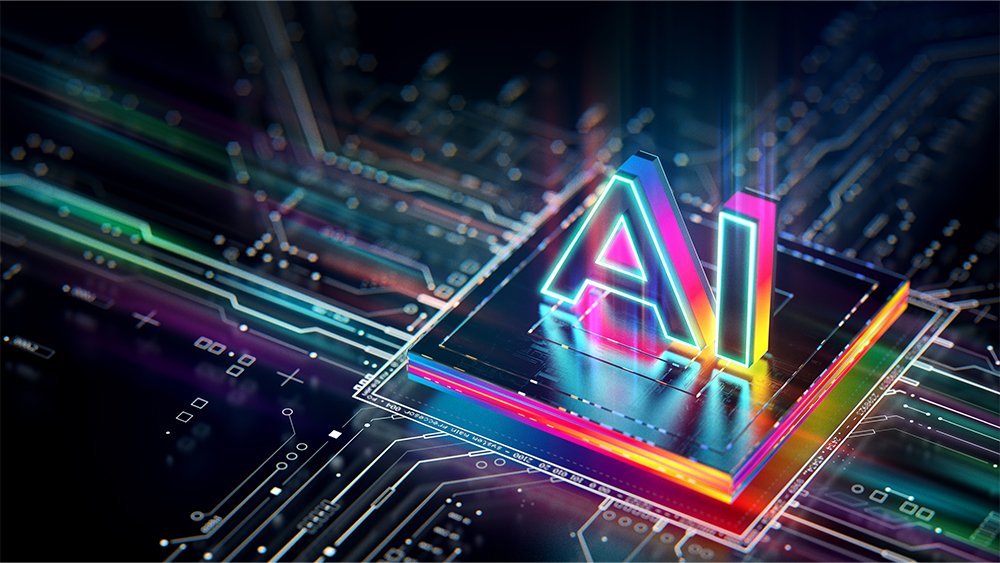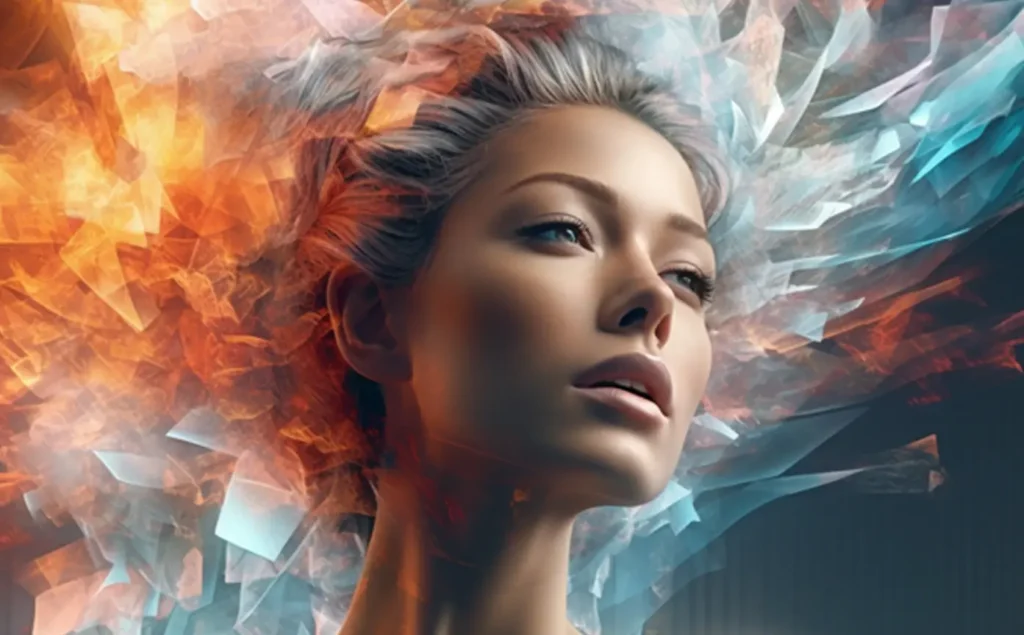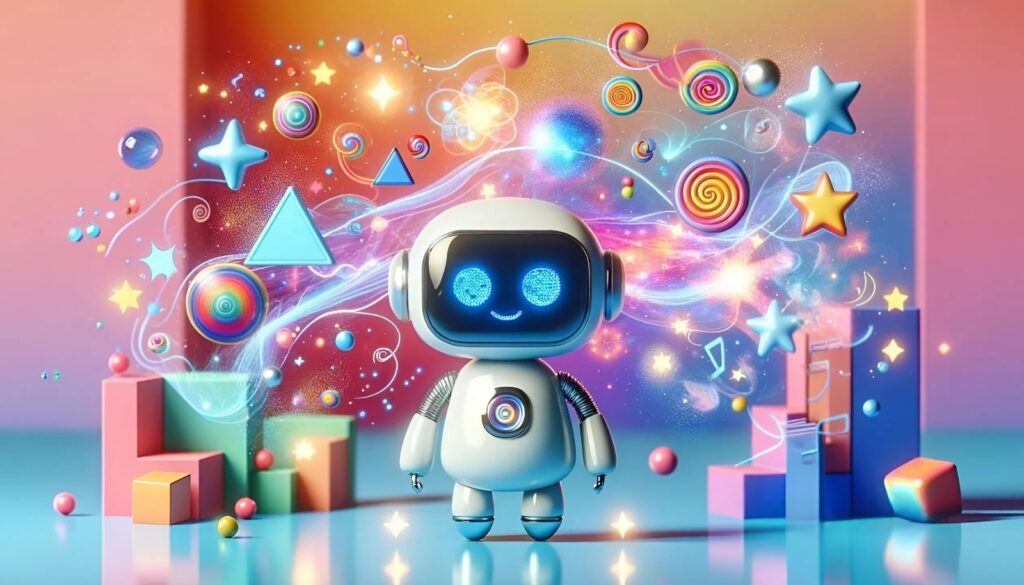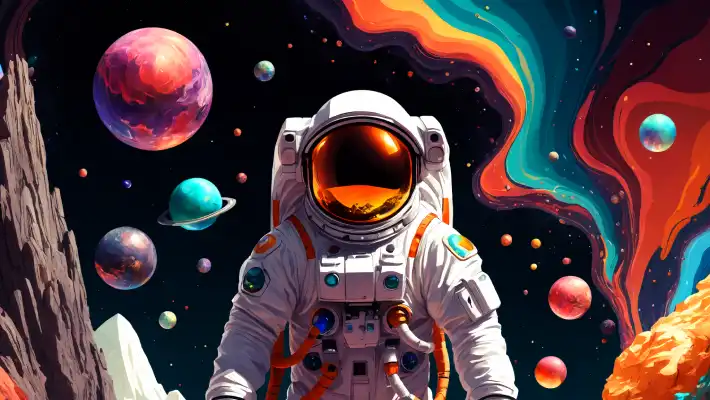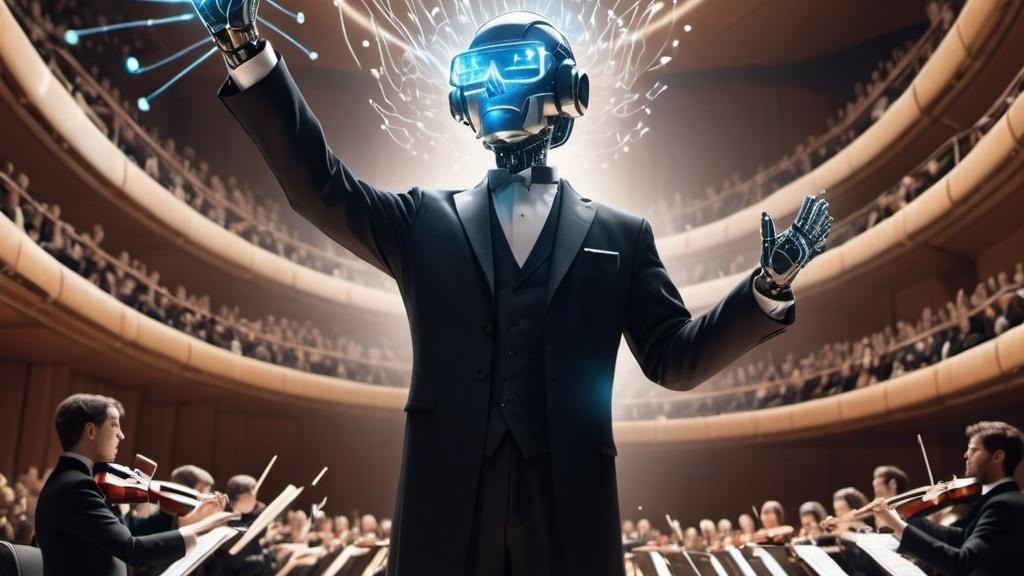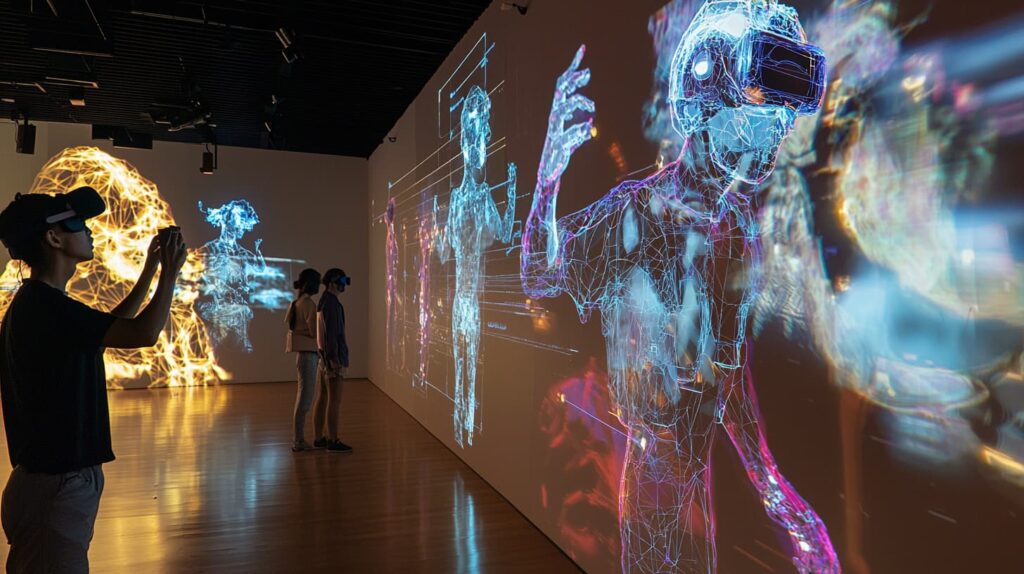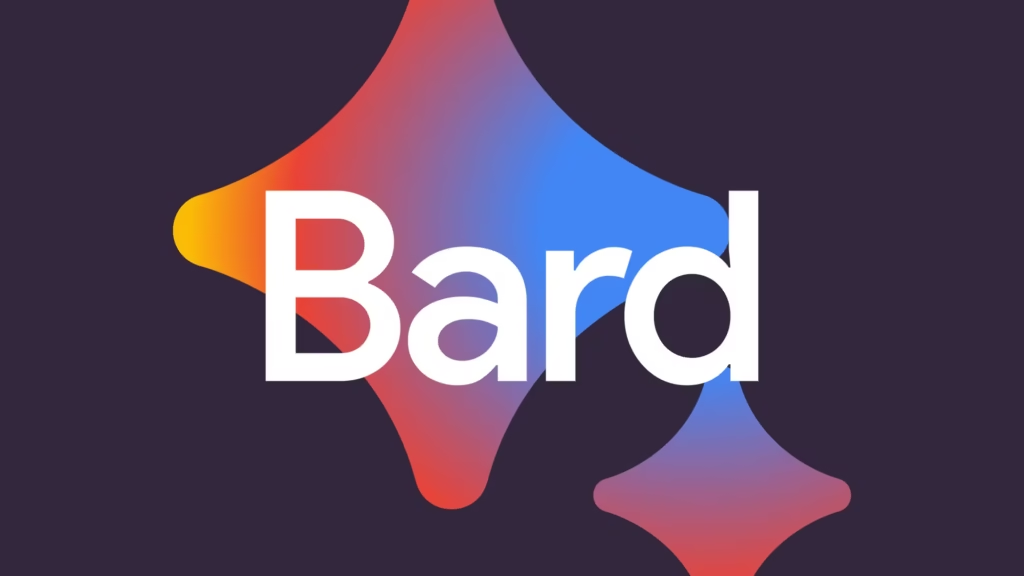How AI Art Generators Are Redefining the Creative Process
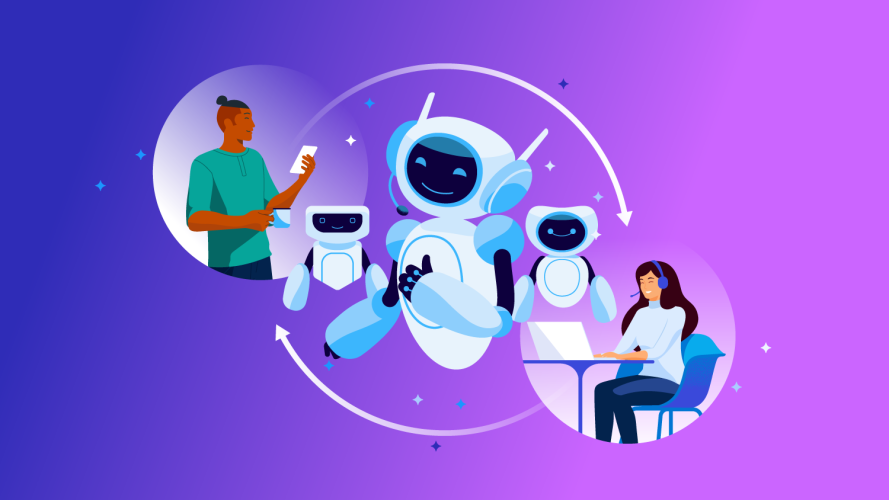
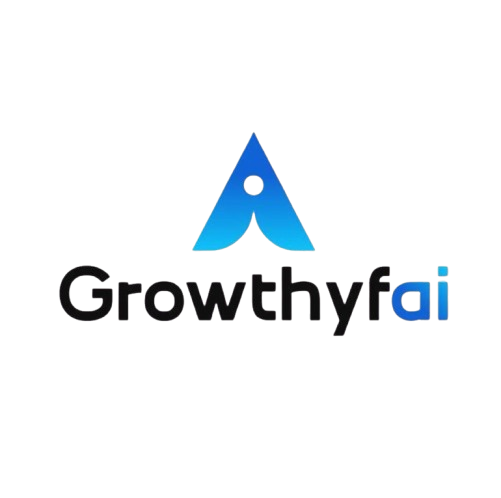
In recent years, artificial intelligence (AI) has seamlessly woven itself into the fabric of our daily lives, impacting various industries from healthcare to automotive, and now, art. The advent of AI art generators marks a transformative shift in the creative process, empowering artists, hobbyists, and innovators to explore uncharted territories of artistic expression. This blog post delves into how AI art generators are redefining creativity, exploring their implications, applications, and potential future.
The Rise of AI Art Generators
AI art generators leverage cutting-edge algorithms such as Generative Adversarial Networks (GANs) and deep learning models to create stunning pieces of art. These tools mimic the human creative process by learning from vast datasets of images, styles, and techniques. By doing so, they can generate pieces of visual art that range from paintings to sculptures, and even digital installations.
The popularization of AI art generators can be attributed to platforms like DeepArt and DALL-E, which have democratized access to avant-garde tools, allowing users to create with just a click. Consequently, artists around the globe are beginning to experiment with these platforms, integrating AI into their portfolios and blurring the lines between human and machine creativity.
The Creative Collaboration Between Human and Machine
AI is not here to replace artists but to empower them. By harnessing the capabilities of AI art generators, artists can transcend traditional boundaries and explore limitless possibilities. This collaboration between humans and machines is a symbiotic relationship where both parties contribute to the creative process.
Consider the composer and technologist David Cope, who used AI to assist in composing music reminiscent of Bach, demonstrating that machines can play an integral role in generating art. Similarly, AI systems can offer suggestions, experiment with new styles, and enhance the quality of an artwork, further collaborating in real-time with artists to refine and improve creations.
This partnership is not just restricted to digital domains. For instance, the renowned artist Refik Anadol incorporates AI into his immersive installations, using machine learning algorithms to analyze urban data and translate it into dynamic art forms. By collaborating with AI, artists like Anadol can present data not just as cold statistics but as compelling visual narratives.
Redefining Traditional Art Forms
AI art generators are not just creating new art forms; they are also reshaping traditional mediums. Painters, sculptors, and photographers are using AI-generated inputs to design blueprints and drafts, which they then translate into physical masterpieces.
Take photography, for example. AI can analyze trends, predict aesthetic preferences, and even suggest compositions that captivate audiences. Landscape photographers can input multiple sceneries and let AI generate alternative perspectives, inspiring them to explore fresh angles and narratives.
In painting, artists can feed AI models their previous works, letting the algorithm generate a remix or evolution of their style. These AI interpretations can serve as inspiration, helping artists discover nuances they hadn’t previously considered and breaking the constraints of their traditional methods.

The Ethical and Philosophical Implications
Despite its contributions to redefining creativity, AI-generated art is not without its controversies. The question of authorship arises: Who owns the artwork — the human providing the input, or the AI that generates it? While copyrights and ownership are still grey areas in legal terms, the consensus leans towards viewing AI as a tool akin to a paintbrush or camera – the credit belongs to the artist.
Moreover, the use of AI prompts discussions about authenticity and originality. Some argue that AI might dilute the essence of human endeavor in art creation. However, instead of viewing AI as a replacement, it should be seen as an amplifier of human creativity, opening doors to artistic avenues that were previously unimaginable.
Real-World Applications and Future Possibilities
The potential applications for AI art generators extend beyond traditional art circles and into commercial and industrial realms. Advertising agencies use AI to create visually appealing graphics and commercials customized for different demographics. Fashion designers employ AI to predict upcoming trends and generate cutting-edge patterns, streamlining their creative process.
As AI art generators continue to evolve, more possibilities emerge. Artists could potentially train AI models on their work, allowing future projects to autonomously evolve an artist’s distinct style in perpetuity. As computational power and algorithms advance, AI could also play a crucial role in virtual reality (VR) and augmented reality (AR), crafting immersive artistic experiences tailored to individual users.
Conclusion: Embracing the Future of Creativity
AI art generators are not just tools; they are catalysts for creativity, prompting us to reconsider the boundaries of what art can be. In a world where technology continually pushes these boundaries, embracing AI in the creative process allows for expansion into realms previously thought impossible.
Artists today are not just wielders of traditional tools; they are experimenters forging partnerships with intelligent machines to propel artistic innovation into the future. As we embrace these collaborations, we pave the way for a new era of artistic expression, one that honors the past but is not afraid to reinvent it. The future of creativity is here, and it is more exciting and innovative than ever.

